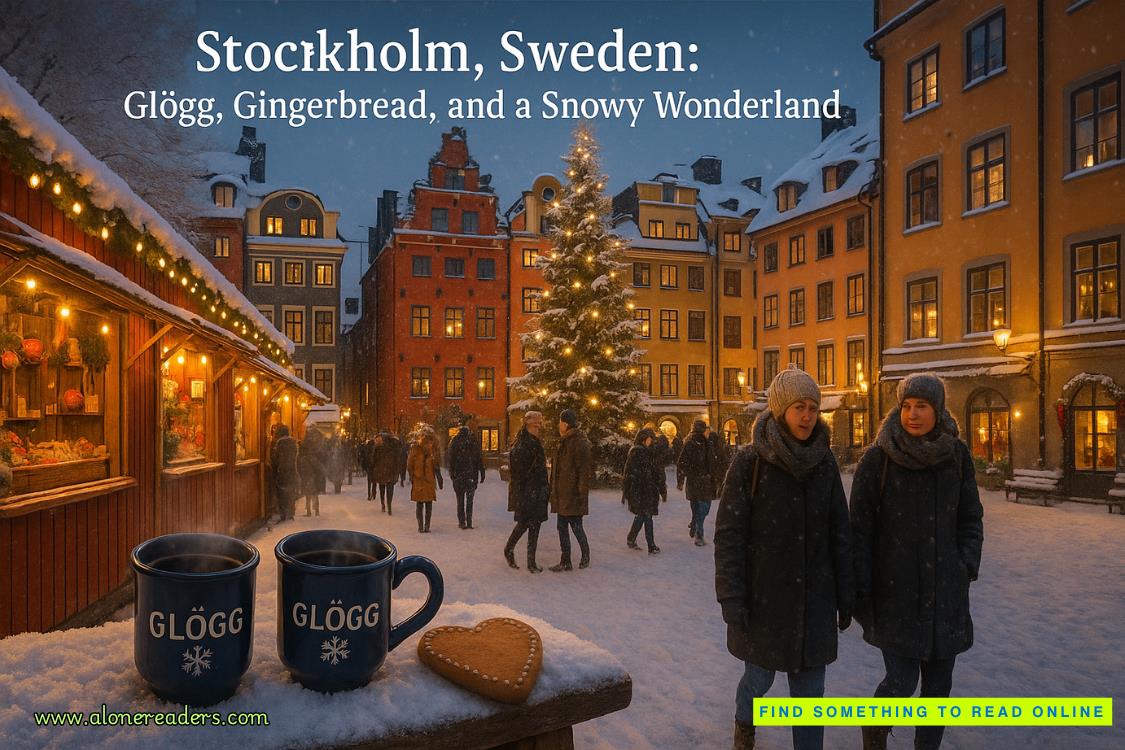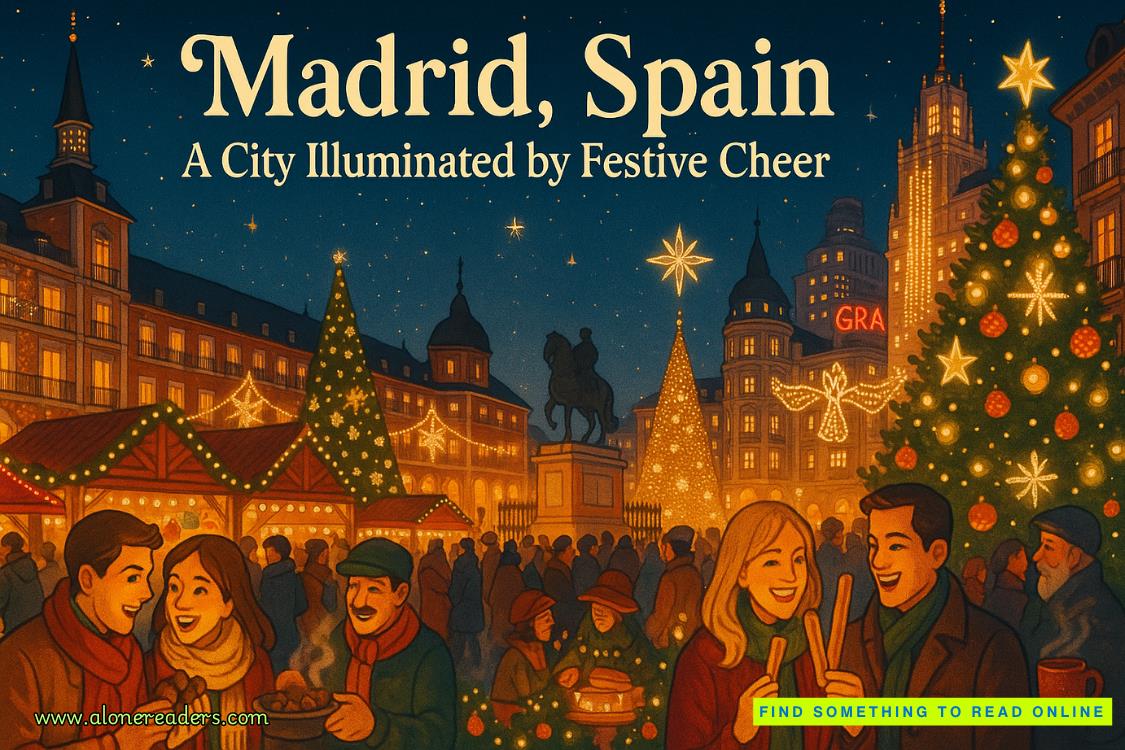Page 14 of Fourth Protocol
The Party was originally founded by the trade union movement as the political arm of the recently organized British working class. From the outset it espoused the cause of moderate bourgeois socialism—of reform rather than revolution. The home of the true Marxist-Leninist was then in the Communist Party.
Even though the bedrock of Marxism-Leninism in Britain has always been in the trade union movement, true believers were excluded from the Labour Party itself. From the 1930s onward, a few of our pro-Soviet Hard Left friends in Britain managed to infiltrate the Parry by subterfuge, but they had, once inside it
, to maintain an extremely low profile. Other friends of Moscow, perceived as they sought to enter the Labour Party, were refused admission or, if spotted inside the Party, were expelled.
The reason our true friends in Britain were for so many years excluded from the mass-support Labour Party can be described in two words: “proscribed list.”
This was a list of banned organizations; it prohibited all fraternal contact between the Labour Party and those much-smaller groups inhabited by the true revolutionary socialists—that is, the Marxist-Leninists. Further, no member of a Hard Left group was permitted membership in the Labour Party under the terms of the proscribed list, which were staunchly maintained by successive Labour Party leaders for fifty years.
As the Labour Party was the only mass-support party of the Left with a hope of acceding to government of Britain, infiltration and domination of it by our friends, following the classic Leninist teaching of “entryism,” was for all those years an elusive dream. Nevertheless, our friends within the Party, few though they were, worked tirelessly and covertly; in 1973 their efforts were finally crowned with success.
In that year, when the Party was under the weak and vacillating leadership of Harold Wilson, they achieved a wafer-thin majority on the all-important Party National Executive Committee, and used it to pass a resolution abolishing the proscribed list. The outcome was beyond their dreams.
With the floodgates open, shoals of Hard Left young activists of the post-1945 generation swarmed into the Labour Party and were at once able to offer themselves for office at every level of the Party organization. The road to entryism, influence, and eventual takeover was open, and that takeover has now been achieved.
Since 1973 the absolutely vital National Executive Committee has seldom been out of the hands of a Hard Left majority, and it has been through the skillful use of this tool that the constitution of the Party and its composition at the higher levels have been changed out of all recognition.
A brief word of digression, Comrade General Secretary, to explain precisely whom I mean by “our friends” within the British Labour Party and trade union movement. They fall into two categories: the deliberate and the unwilling. With the first category I am referring to people not of the so-called Soft Left or of the Trotskyite aberration, both of whom abhor Moscow, albeit for different reasons. I refer to those of the Hard Left with, at their core, the Ultra-Hard Left. These are dedicated, dyed-in-the-wool Marxist-Leninists, who would not appreciate being called Communists since this implies membership in the quite useless British Communist Party. They are, nevertheless, staunch friends of Moscow and in nine cases out often will act in accordance with Moscow’s wishes, even though those wishes may remain unexpressed and even though the person concerned would stoutly claim he was acting for “conscientious” or “British” reasons.
The second group of friends inside, and now dominating, the British Labour Party can be characterized as follows: those persons with a deep political and emotional commitment to a form of socialism so far left as to qualify as Marxism-Leninism; persons who will, in any given set of circumstances or in any contingency, almost invariably react quite spontaneously in a manner completely parallel to, or convergent with, the desires of Soviet foreign policy vis-à-vis Britain and/or the Western Alliance; persons who need no briefing or instructions whatsoever, and who would probably be offended if such were proposed; persons who, wittingly or unwittingly, whether impelled by personal conviction, a warped patriotism, a desire to destroy, a craving for self-advancement, a fear of intimidatory pressure, a sense of their own self-importance, or a desire to move with the herd, will conduct themselves in a manner that suits our Soviet interests perfectly. They all constitute agents of influence to our benefit.
They all, of course, claim to be seekers after democracy. Happily, the overwhelming majority of Britishers today still understand by the word democracy a pluralist (multiparty) state, whose governing body shall be chosen at periodic intervals by universal adult suffrage based upon the secret ballot. Obviously, our Hard Left friends over there, being people who eat, drink, breathe, sleep, dream, and work at left-wing politics every waking hour of every day, mean by the word democracy a “democracy of the committed,” with its controlling roles performed by themselves and like-thinkers. Fortunately, the British press takes few steps to correct this misapprehension.
Thus, from 1973 onward, our Marxist-Leninist friends in the Labour Party were able to devote themselves single-mindedly to the struggle to capture the Party covertly, a program made possible only by the abolition of the proscribed list. This is how it was done.
The Labour Party has always stood like a tripod on three legs: the trade unions, the constituency Labour parties (one each in the constituencies that make up the British electoral pattern), and the Parliamentary Labour Party, the group of Labour MPs who were elected at the previous general election. The Party leader is always drawn from among these.
The trade unions are the most powerful of the three and exercise this power in two ways. One, they are the Party’s paymasters, funding the coffers from political levies deducted from millions of workers’ pay packets. Two, at Party conferences they dispose of huge “block votes,” cast by the Union National Executive on behalf of millions of uncanvassed members. These block votes can ensure the passage of any resolution and elect up to a third of the Party’s all-important National Executive Committee.
These vote-casting union executive committees are absolutely vital; they comprise the full-time union activists and officials who decide union policy. They stand at the peak of the pyramid of which the middle ranks are the area officials and the lower ranks are the branch officials. Thus the effective takeover by Hard Left activists of great swaths of trade union officialdom was clearly essential, and has in fact been achieved.
The great ally of our friends in this task has always been the apathy of the largely moderate rank-and-file union members, who cannot be bothered to attend union branch meetings. Thus the activists, who attend everything, have been able to take over thousands of branches, hundreds of areas, and the cream of the executive committees. At present the biggest ten of the eighty unions affiliated to the Labour Party control half the union movement’s votes; nine of those ten have Hard Left control at the top, as against two in the early 1970s. All this has been achieved over the heads of millions of British workers by no more than ten thousand dedicated men.
The importance of this Hard Left-dominated union vote will become plain when I describe the electoral college that chooses the new Party leader; the unions hold forty percent of the votes in this so-called college.
Next, the constituency Labour parties, or CLPs. At the core of these lie the general management committees, which, apart from running the day-to-day business of the Party within the constituency, have one other vital function: they choose the Labour candidate for Parliament. Over the decade 1973 to 1983, hard-line activist young people of the extreme Left began to move into the constituencies, and by assiduous attendance at dull and sparsely filled CLP meetings ousted the old-time officials to gain control of one general management committee after another.
As each successive constituency fell to the new Hard Left activist control, the position of the largely centrist MPs representing those constituencies became tougher and tougher. Still, they could not be easily ousted. For the true triumph of the Hard Left it was necessary to weaken, indeed emasculate, the independence of conscience of a member of Parliament; to transform him from the trustee of all his constituents’ interests into a mere legate of his general management committee.
This was brilliantly achieved by the Hard Left at Brighton in 1979 with the passage of the new rule requiring the annual reselection (or deselection) of MPs by their management committees. The rule caused a massive switch of power. A whole group of centrists quit to form the Social Democratic Party; others were deselected and left politics; some of the ablest centrists were harassed into resignation. Still, the Parliamentary Labour
Party, though emasculated and humiliated, was left with one vital function: the MPs, and they alone, could elect the Labour Party leader. It was crucial, to complete the three-pronged capture, to take that power away from them. This was achieved, again at the urging of the Hard Left, in 1981 with the creation of the electoral college, in which thirty percent of the votes are held by the Parliamentary Party, thirty percent by the constituency parties, and forty percent by the trade unions. The college will elect each new leader as and when needed, and reconfirm him annually. This last function is crucial to the plans now afoot, and which I will explain.
The struggle for control that I have described brings the story to the general election of 1983. The takeover was almost complete, but our friends had made two errors, aberrations from the Leninist doctrine of caution and dissimulation. They had come out too openly, too visibly, to win those titanic struggles, and the premature call for a general election caught them on the hop. The Hard Left needed one extra year to consolidate, mollify, unify. They did not get it. The Party, saddled too early with the most extreme Hard Left manifesto in history, was in complete disarray. Worse, the British public had seen the real face of the Hard Left.
As you will recall, the 1983 election was apparently a disaster for the by now Hard Left-dominated Labour Party. Yet I suggest the outcome was in fact a blessing in disguise. For it led to the gritty and self-denying realism to which our true friends in the Party have agreed to submit themselves over the past forty months.
Briefly, out of 650 constituencies in Britain in 1983, the Labour Party won only 209. But it was not quite so bad as it looked. For one thing, of those 209 sitting Labour MPs, 100 were now firmly of the Left, 40 of them of the Hard Left. It may be small, but today’s Parliamentary Labour Party is the farthest left that has ever sat in the House of Commons.
Second, the defeat at the polls gave a jolt to those fools who thought the struggle for total control was already over. They soon realized that after the bitter but necessary struggle by our friends to win control of the Party between 1979 and 1983, the time had come to reestablish unity and to repair the damaged power base in the country, with an eye to the next election. This program began under Hard Left orchestration at the October 1983 Party Conference, and has been unswerving ever since.
Third, they all saw the necessity to return to that clandestinity demanded by Lenin of true believers operating inside a bourgeois society. Thus the leitmotif of the whole span of the Hard Left’s conduct these past forty months has been a return to that clandestinity that worked so well through the early and mid-1970s. This has been coupled with a reversion to an apparent and surprising degree of moderation. It has taken a vast effort of self-discipline to achieve this, but again the comrades have not been found wanting in this regard.
Since October 1983, the Hard Left has effectively taken on the clothes of courtesy, tolerance, and moderation; stress is eternally laid upon the primordial importance of Party unity, and a number of hitherto impossible concessions have been made in Hard Left dogma to achieve this. Both the centrist wing, delighted and amicable, and the media appear to have been completely taken by the new, acceptable face of our Marxist-Leninist friends.
More covertly, the takeover of the Party has been finalized. All the lever committees are now either in the hands of the Hard Left or could be taken over during a single emergency meeting. But—and it is an important “but”—they have usually been content to leave the chairmanship of these lever committees in the hands of a Soft Left person, and occasionally, when the voting supremacy is sufficiently overwhelming, even in the hands of a centrist.
The centrist wing, with the exception of about a dozen skeptics, has been effectively disarmed by the newfound unity and the absence of harassment of themselves. Nevertheless, the iron fist is still very much in the velvet glove.















